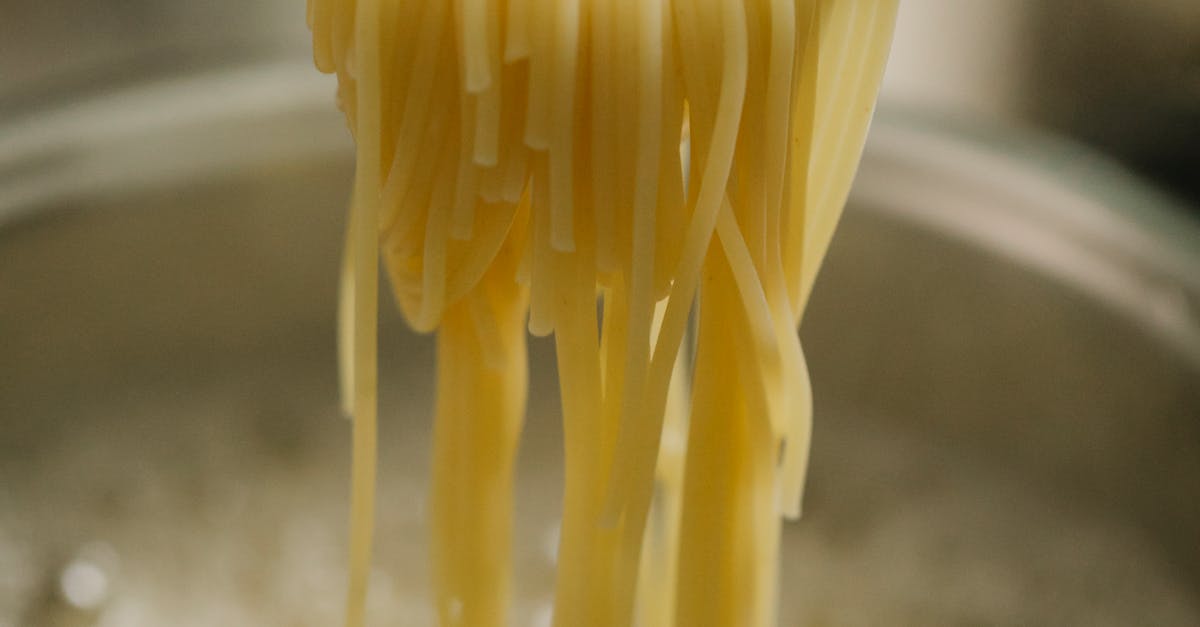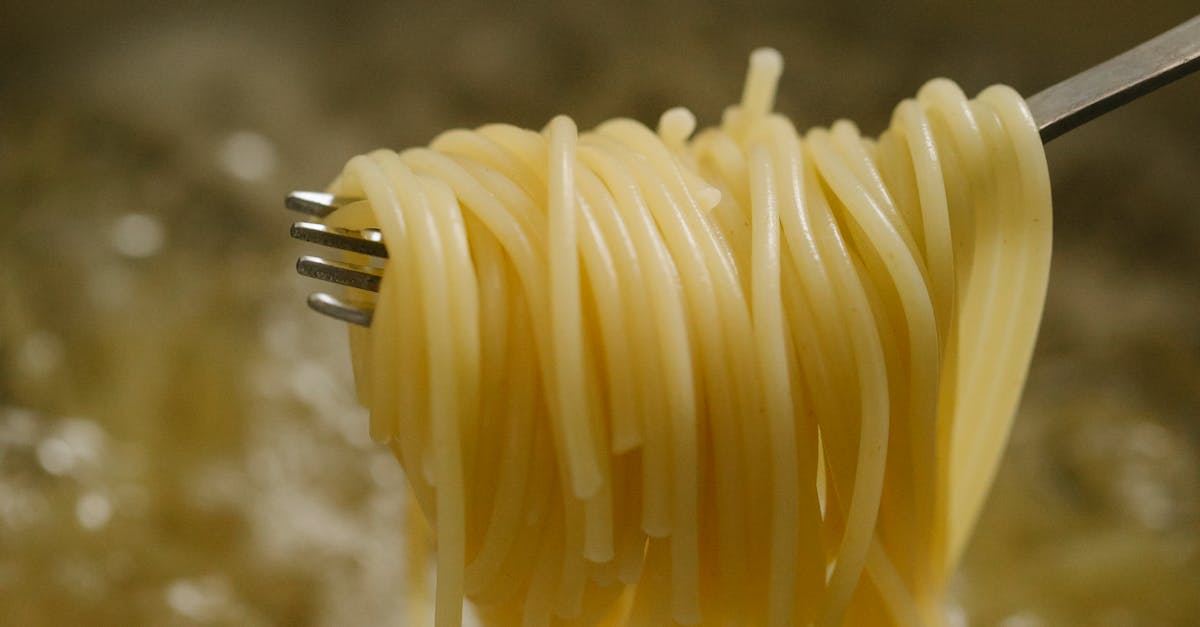
Table Of Contents
Frequent Toilet Clogs
Frequent toilet clogs can be a significant indicator of a problem within your main sewer line. If you find yourself plunging your toilet more often than usual, it may suggest a blockage further down the line. Common causes for these clogs can include accumulated waste, toilet paper build-up, and foreign objects lodged in the pipes. This type of recurring issue often necessitates professional intervention to assess the sewer line’s overall condition.
It’s essential to consider that a single clogged toilet might not signal a systemic issue. However, persistent problems can lead to more severe complications if left unaddressed. Regular maintenance, such as drain cleaning, can help prevent these issues before they escalate. If you are experiencing frequent clogs, making a call to a licensed plumber can provide peace of mind and could save you from potential headaches down the line.
Assessing Your Toilet's Performance
Assessing your toilet's performance can offer crucial insights into the condition of your main sewer line. If you observe that your toilet frequently requires multiple flushes or fails to clear waste effectively, it may indicate a partial blockage in the plumbing. Minimal water levels in the bowl or slow drainage may also signal issues upstream. Regular maintenance, including drain cleaning, can help mitigate these problems before they escalate.
Additionally, unusual sounds during flushing can provide further clues about your toilet's performance. Gurgling noises may indicate air trapped in the pipes due to a clog. While these noises can be concerning, they often serve as an early warning sign. Monitoring these symptoms not only aids in keeping your toilet functioning properly but also helps prevent potential complications with your main sewer line.
Drain Flies and Other Pests
Drain flies are small, dark insects that often breed in stagnant water and decaying organic matter found in plumbing systems. If you notice these pests swarming around your sinks, showers, or other drains, it could signal an underlying issue. These flies tend to lay their eggs in areas with poor drainage or debris buildup, which may point to a clogged sewer line needing attention. Not only do they indicate a potential blockage, but their presence can also lead to hygiene concerns within your home.
In addition to drain flies, other pests may be attracted to the damp and foul-smelling conditions created by sewer line problems. An infestation can occur when waste materials accumulate and create a suitable environment for various insects. Effective drain cleaning can eliminate the organic matter that attracts these pests, reducing the chance of infestations and addressing any contributing factors for clogs. Keeping your drains clean and clear can help prevent these unwanted visitors and maintain a healthier living space.
Link Between Infestations and Clogs
Infestations of drain flies and other pests can indicate a potential blockage in your sewer line. These insects thrive in moist environments, often linked to stagnant water and organic waste that accumulates in clogged pipes. When plumbing systems experience blockages, it creates an inviting breeding ground for these pests, signalling a deeper issue within your drainage system. Observing the presence of drain flies can be a warning sign that should not be ignored.
To address these infestations effectively, drain cleaning becomes essential. Regular maintenance of your sewer lines, including proper cleaning techniques, can help prevent the buildup of waste that attracts pests. Eliminating stagnant water and ensuring the free flow of waste not only reduces the likelihood of infestations but also promotes a healthier plumbing system. Identifying and addressing any clogs early on can safeguard your home against both plumbing problems and pest-related issues.
Using a Plumber’s Snake
A plumber’s snake can be an effective tool for diagnosing and resolving clogs in your main sewer line. This flexible, long device is designed to navigate through pipes, helping to break up or dislodge blockages that may be causing trouble. To use it, insert the snake into the nearest access point, usually a clean-out valve, and slowly feed it into the pipe, turning the handle to allow it to advance deeper into the system. It's essential to go gently to avoid damaging the pipes, especially if they are older.
For those experiencing persistent drainage issues, regular drain cleaning with a plumber’s snake can prevent future problems. If you encounter resistance while the snake is in the pipe, it may indicate a sever blockage. In such cases, continuing to work the snake through can help clear the obstruction. If the clog proves too difficult to manage or the snake fails to resolve the issue, calling a professional plumber may be necessary to undertake more advanced techniques.
How to Check for Blockages
Using a plumber's snake is a practical method to check for blockages in your main sewer line. This flexible tool can navigate through pipes, allowing you to reach clogs that are not accessible by conventional means. When inserting the snake into the drain, it’s essential to keep a gentle but firm pressure to avoid damaging the pipes. If the snake encounters resistance, it indicates a potential blockage that requires further investigation.
Alternatively, drain cleaning can be performed using a combination of hot water and vinegar, which can help to break down minor clogs. Pouring boiling water followed by vinegar down the affected drain may dissolve grease and soap deposits. If this approach doesn’t yield results, seeking professional assistance might be necessary, as persistent blockages could signify a more severe issue within your sewer system.
FAQS
What are the signs that my main sewer line is clogged?
Common signs include frequent toilet clogs, slow drainage in sinks and tubs, gurgling noises from drains, and the presence of drain flies or other pests.
How can I assess my toilet's performance to check for clogs?
You can assess your toilet's performance by observing if it flushes properly and whether it requires multiple flushes to clear waste. Persistent issues may indicate a problem with the main sewer line.
What should I do if I notice drain flies in my home?
Drain flies often indicate a plumbing issue, including potential clogs. Investigate the affected drains and consider seeking professional help if the problem persists.
How can a plumber's snake help in checking for blockages?
A plumber’s snake is a flexible tool that can be inserted into your drains to break up or dislodge clogs. It helps you determine if there’s a blockage in the main sewer line.
When should I call a professional plumber for a clogged sewer line?
You should call a professional plumber if you experience recurring clogs, notice foul odours, or if DIY methods such as using a plumber's snake do not resolve the issue.





























